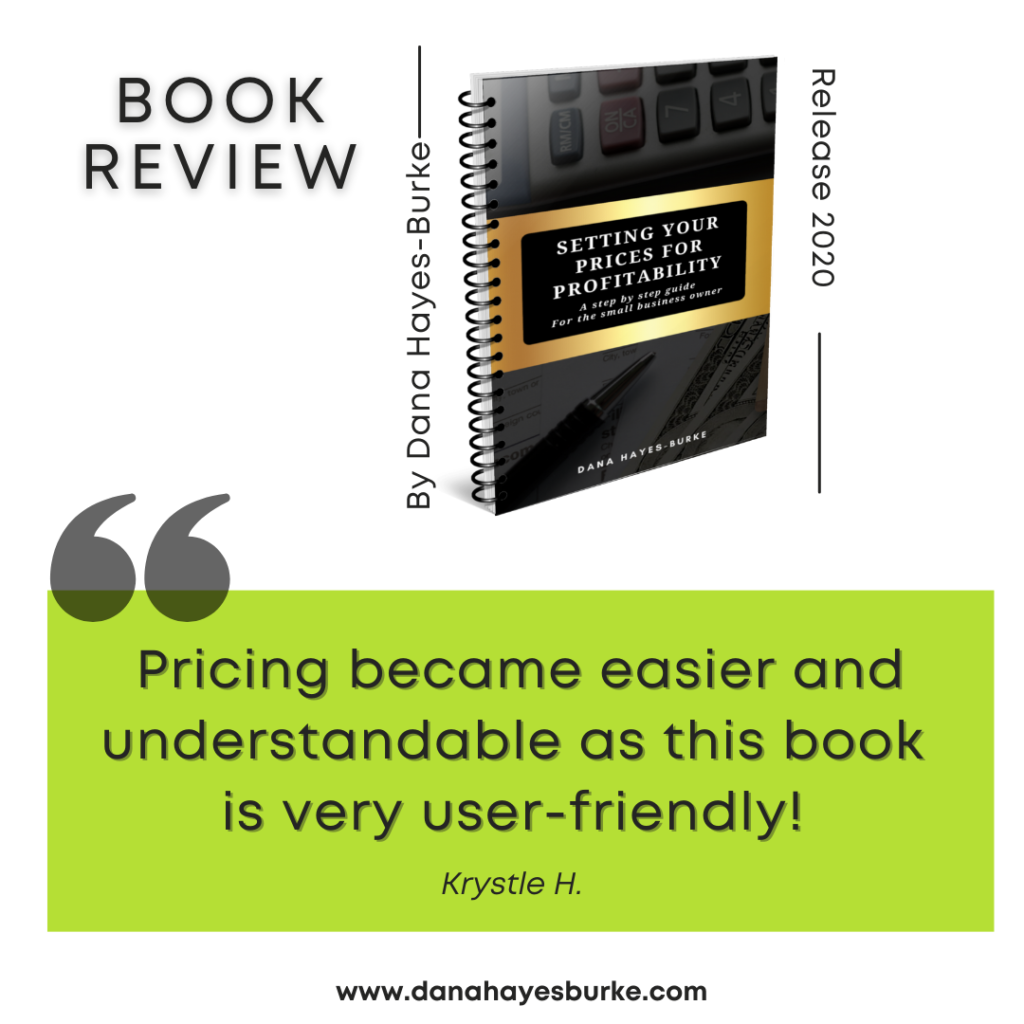Pricing strategy is a critical component of any business, and choosing the right pricing strategy can mean the difference between success and failure. While there are several pricing strategies available, entrepreneurs often choose competitive pricing as the go-to approach. However, this strategy can be unsustainable and does not necessarily lead to profitability. In this blog post, I will discuss why competitive pricing is the best approach for an entrepreneur and suggest two alternative strategies that are more effective: pricing for profit and value-based pricing.
Competitive Pricing Strategy (You don’t want to do this)
Competitive pricing involves setting prices based on what the competition is charging for similar products or services. This approach can be effective in staying competitive in the market but can lead to serious problems for your business including no profits, no growth and a depleted bank account. A good example of a company that uses a competitive pricing strategy is Walmart. Walmart’s strategy is to offer low prices on everyday items to attract customers and keep them coming back. Walmart monitors competitors’ prices and lowers its prices accordingly to maintain its position as a low-cost leader in the retail industry.
Now imagine trying to do that in your business. Do you have the volume of production to benefit from wholesale prices that keep your costs down? Are your processes so optimized that wastage is near zero? Do you understand how your competitors are even keeping the prices that they are? (ps. they may be making losses too). These are just some of the reasons why pricing for competition in the market is not the best approach for an entrepreneur or micro-business.
So what is a more ideal way? There are two options: Start with pricing for profit then as you grow, start pricing for value. I suggest to you that you implement them in the order suggested below.
Pricing For Profit (This is where you start)
Pricing for profit is a straightforward approach that involves adding a markup to the cost of the product or service to determine the final price. This strategy is best for entrepreneurs because it ensures that you have a good understanding of your costs and ensures that you make a profit on each sale. By taking into account the costs of production and operations, you can set a price that ensures you make a profit without necessarily competing on price.
This approach provides a solid foundation for profitability and can help businesses to sustain themselves in the long term. A good example of a company that uses pricing for profitability is Intel. Intel produces microprocessors, and the cost of manufacturing a chip is the main factor in setting the price. Intel sets the price by adding a markup to the cost of production to ensure that the company makes a profit on each chip sold. So as an entrepreneur, you must think about pricing like Intel so that you can pay yourself, pay your bill and grow your business.

Value-based Pricing
When you mastered pricing for profit, built up your brand and established yourself in your niche, you can progress into value-based pricing. This strategy focuses on the value that the product or service provides to the customer. The price is set based on what the customer is willing to pay for the value received. H This approach requires a deep understanding of the customer and their needs and may require significant research to determine the right price.
Here is a special hint – the value isn’t found in the type of product or service. Value is found in it delivers to ease a problem that exists in an important area for the client. For example, I am a Business Strategist and Business Coach. There are a lot of us in the world. So why do clients pay more for me than others? Because I solve a very specific problem that is very distressing to them. This means that I am able to appeal to a very specific micro-niche who wants the solution that I offer.
So, by focusing on the unique value that the product or service provides, you can charge a premium price. The price then reflects the true value of your offering. This approach can lead to increased profitability and can help businesses to differentiate themselves from the competition.
The Apple Model
Another good example of a company that uses a value-based pricing strategy is Apple. Apple charges a premium price for its products because it focuses on delivering superior value to its customers. Apple’s products are designed to offer a unique user experience. The company invests heavily in research and development to ensure that its products are of the highest quality. As a result, Apple is able to charge a premium price for its products. Customers are also willing to pay the price for the value they receive.
In conclusion, choosing the right pricing strategy requires careful consideration of several factors, including costs, customer needs, and market competition. While competitive pricing may be a common approach, it can be unsustainable and does not necessarily lead to profitability. Instead, entrepreneurs should consider using either cost-plus pricing or value-based pricing. Starting with cost-plus pricing is a practical way to ensure profitability and build a reputation in the market. As your business is refined, transitioning to value-based pricing can help to increase profitability and differentiate the business from competitors.





Very insightful article